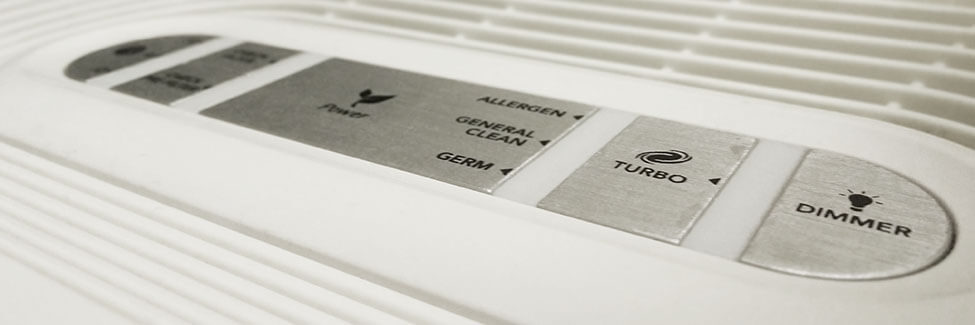
How to Reduce Dog and Cat Allergens With Your HVAC System
Approximately one-third of people with allergies are affected by dog and cat dander. If you find yourself sneezing around your pet, you can reduce pet allergens and improve your symptoms by attending to your HVAC system.
Change and Clean Your Filters
Whether or not you have pets, you should change your air filters every 30 to 90 days. But if you have pet allergies, you might want to change your filters more frequently. Unfortunately nearly 1 in 3 homeowners don’t change their filters for 6 months or longer on a regular basis!
Look for filters that trap allergens. As the air conditioner sucks the air into the duct, the filter will hold onto the allergen. High-quality filters also prevent fur and dander from entering your ductwork.
Vacuum the vents around your air filter, too. Dust and dander can accumulate on the grates. Use a vacuum with a HEPA filter, which contains the molecules so that they don’t re-enter the air that you breathe.
Clean Your Ducts
The ducts have been called “the lungs of the home.” If they’re dirty, how do you think your own lungs feel?
Any dander that makes it into your ducts can accumulate on the surfaces. As the air passes through your HVAC system, it recirculates this allergen, putting it back into your living space.
If your house seems to gather dust even when you clean frequently, you have trouble controlling your asthma and your allergies get worse when you turn on your HVAC system, you might need your ducts cleaned. Contact a professional to take care of this at least every 3 to 5 years. Use an experienced provider. The EPA states that a substandard duct cleaning can discharge more allergens into the home than not cleaning the ducts at all.
Maintain Adequate Ventilation
Pet dander doesn’t just hang out in the air. It can accumulate on surfaces, such as furniture, blinds and upholstery. If you have inadequate ventilation in your home, you’re more likely to have dust in these areas. If you’re allergic to pets, you might also be allergic to dust mites. Therefore, it’s essential to make sure that your HVAC delivers proper airflow.
If you’ve cleaned your ducts and changed your filters, you’re already taking steps toward ensuring adequate ventilation. If you’re getting too much or too little fresh air from the outdoors, though, your ventilation may not be optimal.
Work with a professional to enhance the airflow in your allergy-friendly home. Make sure that the HVAC unit is the right size for your space. You might also want to have your HVAC system maintained regularly to confirm that it’s operating as efficiently as possible.
In addition to having your HVAC serviced, you should physically remove debris from the surfaces in your home. Dust at least once a week, and vacuum the floors regularly.
Manage Humidity Levels
Dust mites thrive in high humidity. Plus, moisture can lead to mold buildup, which can make allergies and asthma worse.
An inefficient HVAC system may not remove humidity from the air very well. Upgrading to a new or high-efficiency system could help with your pet allergies. Having a professional inspect your unit can also make you aware of condensation that could be affecting your home’s humidity levels.
Keeping your home below 50 percent humidity is ideal. If the moisture levels are higher than that, they could contribute to mold and dust mites. Run the exhaust fans in the kitchen and bathrooms to further improve ventilation and reduce moisture.
Add an Air Purifier
You can install a whole-house air purifier in your HVAC system to improve your allergy symptoms and respiratory health. These air cleaners use filters and UV light to get rid of pathogens in the air.
You might wonder why you’d need another air cleaner when you’re already changing your filters regularly. Air purifiers trap smaller molecules than traditional air filters. Many also remove particulates from bacteria, viruses, VOCs and smoke.
The MERV rating of an air purifier indicates the size of the particles that it can capture. Those with a higher MERV rating catch smaller particles. Standalone units can be installed in closets and attics for enhanced ventilation.
Reducing pet allergens by making these changes to your HVAC system may help you breathe easier. Although people without allergies may not notice the difference in their air quality, they’ll still benefit from removing airborne contaminants from their homes.
Still have questions? Ask an HVAC expert directly via chat or phone.
Published on 2020-03-23 by Ben Travis
Last updated on 2022-01-26


